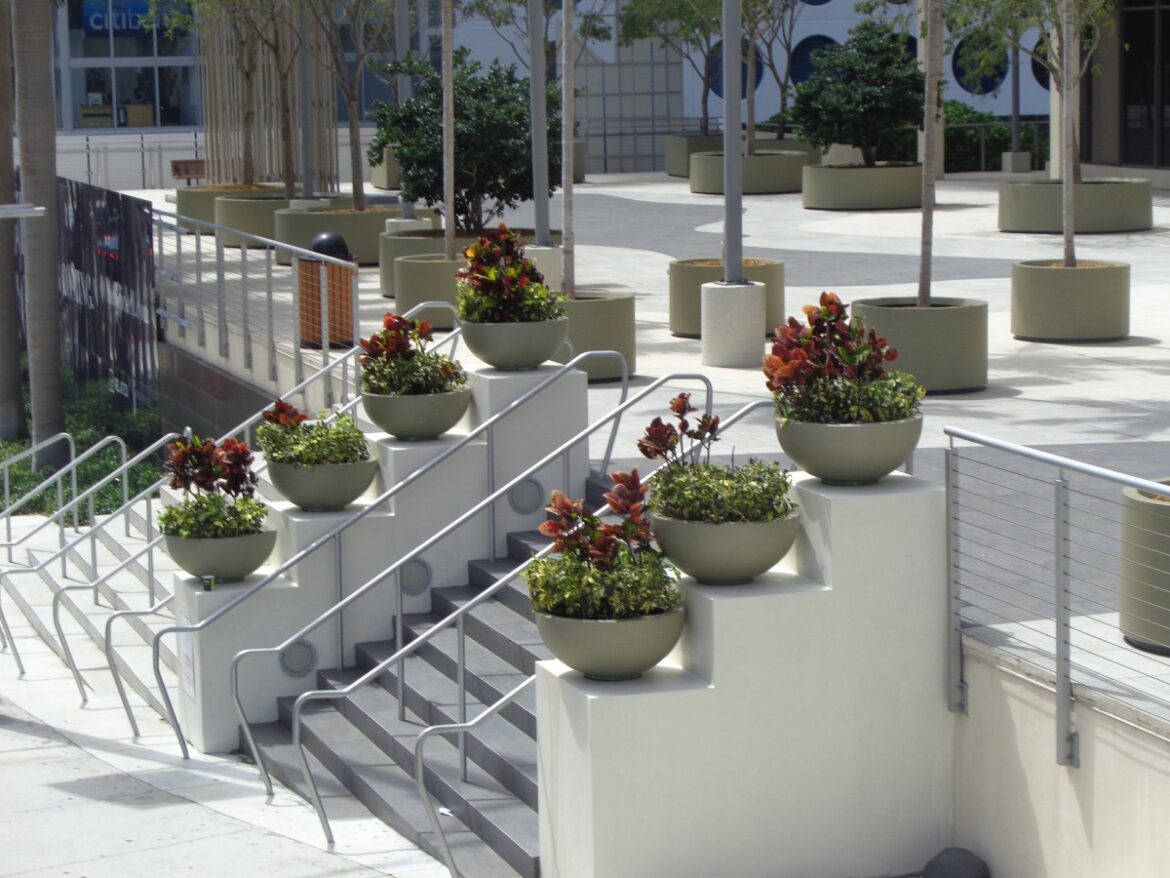Decks, pergolas, gazebos, vertical gardens, waterfalls, ponds, settings and much more, are the simple or compound design elements that recreate the outdoor spaces in our present.
The design and execution in outdoor space has as its scope of action the natural environment, the urban environment, the minimum or maximum outdoor spaces that surround us or belong to us, as well as the buildings and their immediate surroundings.
All these elements began to be highly usable and are integrated in order to relate knowledge, sensitivity and experience to offer quality solutions in personal, group, visual, aesthetic and tangible use.
For its management, planning is needed in terms of its feasibility and an analysis in the design itself, with infinite possible variables, which undoubtedly improve the quality of life, health, human and ecological well-being and that finally recreate a designed, livable, useful and enjoyable environment.
The possibilities are endless, and all spaces, without distinction of size, shape and location, are different from each other but absolutely all have ample possibilities of being transformed into an aesthetically and functionally usable space.
Our homes and work environments have become more and more important, awareness of outdoor spaces and their value have begun to be valued and pondered, there is an important need to have spaces of nature around us in large or small installments.
The task of the designer / executor is composed: interpreting the wishes and needs of the client, adapting them to the conditions of the outdoor space and contemplating a reasonable budget.
The premises are various, that it be beautiful, functional, practical, last over time and that it is in harmony with the environment.
Much of the raw material to consider for execution is living and constantly changing material.
The number of styles, combinations of cultural currents that were shaping the history of landscape design is not less and we must add to this, personal desire with all its variables depending on the view itself, as well as the use of the landscape. same.
As in many branches of art, the autochthonous is prevailing.
If the environment demands it, those previously ignored species are rescued that, added to the design in its broadest definition and our architecture, customs, are delineating a more vernacular, native style.
Large and small gardens, ranches and farms, balconies, patios, terraces, walls, views and others, are the scenarios to transform.
To design and execute an outdoor space is to create, move, please, it is to define a personal habitat within a whole, it is to find those appropriate elements that, added and assembled, introduce us to a different climate where to be, contemplate and live.
No outer space is the same as another, no look at the projections in it is the same as another.
How we feel and what is the meaning of the habitat in itself to recreate, has to do with sensory and cultural values and with the personal projections that each one wants to put for himself and for the others who share it.
Interpreting all these questions, measuring the possibilities, reviewing and solving the impediments, reflecting, reviewing and reinventing are the equation of success once the project is executed.

